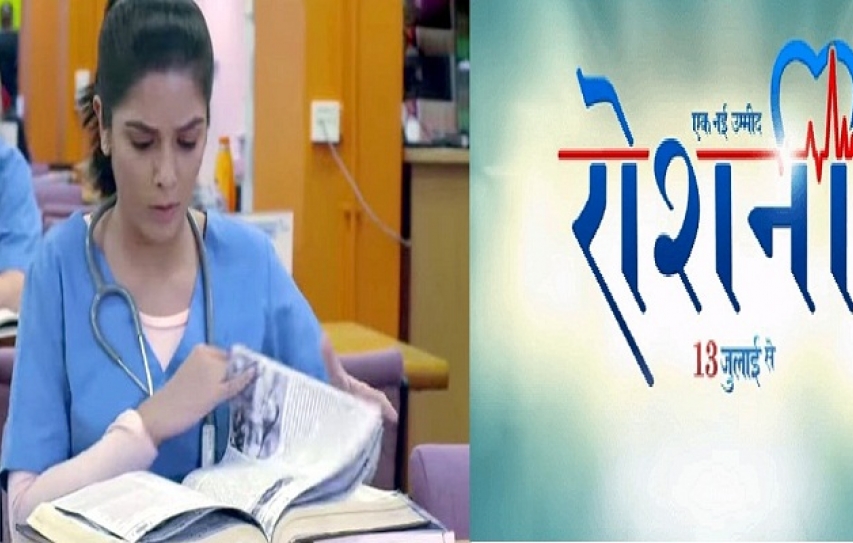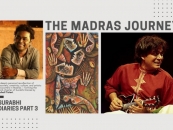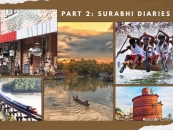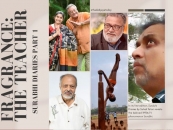
True Review TV - Medical Drama, A Genre On The Rise
by Piroj Wadia July 13 2015, 4:48 pm Estimated Reading Time: 5 mins, 27 secsAs Life OK?s game changer Mahakumbh- Ek Rahasaya, Ek Kahani has wound up to a logical end, the channel has lined up a new show to take on the 8 pm slot -- Roshni, ??a medical drama. ?Indian television producers haven?t really exploited the medical drama genre for more than one reason, the obvious one being they don?t come with a warranty for TRPs. The channels too aren?t overly fond of concepts which are out-of-the-box; and a hospital drama certainly follows that track. Television channels target the masses rather than the classes, and their target group is always in search of garishly dressed women in havelis or palatial houses and a huge family with their tussles. In 1987, Doordarshan, the lone channel, beamed India?s first medical drama, the Vijaya Mehta helmed Lifeline. What caught on with the viewers was its remarkable authenticity vis-?-vis events and the hospital ambience. The cast? included Pankaj Kapoor, Renuka Sahane, Tanvi Azmi, K K Raina, Ila Arun, etc., who today have made the cut in the top roster. ?Remarkably, Lifeline was as much a popular series as it was acclaimed. The authenticity for which Lifeline is applauded is because the producers UTV ? headed by Ronnie Screwvala, Zarina Mehta and Deven Khote ? used a real location -- Nanavati Hospital in suburban Bombay. The actors stayed on the premises and interacted with real patients in the OPD.? It was an authentic, sensitive exploration of a day in the hospital and patient-doctor relations and dependence. Had the sequel Lifeline II been made almost on its heels, it would have also made a cut. As the satellite revolution took root in 1992 with Zee TV and Star Plus, the two channels probably played safe with populist programming. Almost a decade and a half after Lifeline, Star Plus aired Sanjivani, the first medical drama on an Indian satellite channel. ?Produced by Prem Kishen?s Cinevistaas Ltd., Sanjivani was a challenge to combat the heavy doses of the saas-bahu melodramas with the K factor which had stormed living rooms from 2000. What was favourable for Sanjivani was that, its director Kaushik Ghatak had directed about 120 episodes of Kyunki Saas Bhi Kabhi Bahu Thi, the undeniable champion of all soaps. Sanjivani was colorful, had strong soap elements, multiple tracks and the frivolous younger characters which gave it a touch of light heartedness. Sanjivani had just the right dose of emotions to make the viewers teary. There was an episode where a newly-wed bride gives her mangalsutra to the doctor saying that he should return it only after saving her husband. A more touching one was a marriage being solemnized in the hospital cafeteria so that a father could witness his daughter's wedding from his death bed! ?Sanjivani was acceptable to the viewers. Perhaps till Sanjivani, producers avoided medical dramas as Lifeline had set the benchmark with its depiction of human interest stories and matchless production values. ?Cinevistaas wisely kept the hospital setting as a backdrop against the characters played out their stories. ?There was nothing solemn in Sanjivani.? It was a classy, good looking serial where each episode had a positive ending. After all, by 2002, there were many more options to surf to; so to grab and hold the eyeballs it had to have the element of salability. It was too much to expect any production house to replicate the reality of Lifeline. But Cinevistaas took over an industrial estate and converted part of it into a hi-tech hospital complete with an operation theatre, ICU and ??wards, always in readiness. The stylish interiors included a cafeteria, reception and the doctors? recreation room. Everything, even furniture on the sets, was lit up at the switch of a button saving time on lighting, whenever they wanted to shoot a sequence in a particular spot. The permanent hospital set as Sanjivani was conceived with a sequel in mind. The young cast included Gurdeep Kohli, (late) Sanjeet Bedi, Rupali Ganguly, Shilpa Shinde, Tarana Raja Kapoor and others. Senior doctors were played by actors like Mohnish Bahl,?Iravati Harshe, Vikram Gokhale and Smita Jaykar. Three years later, Sanjivani?s sequel Dill Mill Gayye?followed on?Star One. It was based on the new generation of medical interns and new cast, while Mohnish Behl continued as Dr Shashank Gupta.? It went off air when the channel shut down. Cinevistaas scored a triple on the medical series with a youthful Zindagi Wins?which aired briefly on?Bindass. In 2002, Sony TV beamed Jeetu Chawla?s Dhadkan (inspired by ER). ?It was the diametrical opposite of Sanjivani. It was a harsh, realistic ??depiction of the pains and triumphs of the doctors and nurses, their personal traumas notwithstanding. Perhaps the grim reality was a bit too much for the viewers to digest; as by then they were pampered by the soaps, but it fetched a viewership, probably from those who had seen Lifeline. One cannot dispute its sincere narrative, even the actors were in character having witnessed actual operations, learnt the medical jargon and watched real doctors from close quarters in the operation theatre.? The cast included Mona Ambegaonkar, Achint Kaur, Ram Kapoor, among others. Dhadkan was shot on a hospital set with beds and medical equipments costing Rs. 75 lakh. The set was so fabricated? such that the ?wards and ?offices could ?be changed around in a jiffy as ??needed. Chawla had taken care to authenticate the sets with specifications of the size of a hospital bed, the distance between two beds and equipment, etc. One thing that emerged clearly was that both Sanjivani and Dhadkan had different agendas. While Sanjivani ??used the hospital backdrop to weave emotions and drama around it, much like Chicago Hope and Gray?s Anatomy.? ?Dhadkan was out to project the medical profession with ??all its grime and glory, which was reminiscent of General Hospital and ER. Hospital dramas aren?t ruled out. Among the recent shows, there was Hamari Sister Didi on Sony Pal. It is more the story of single mother Amrita, who is a head nurse of Muskaan Hospital and was inspired by Hawthorne. ?It came to a premature end like many other shows on Sony Pal. People watch films and television to escape from the drudgery of their lives, hence a hospital isn?t ideal as a soap opera setting, barring an odd scene or so in soap. Hospital dramas are a challenge to recreate with authenticity, adding just the right touch of situations and human emotions for an audience pull and keep an eagle eye on the TRPs.? Will Roshni meet the challenge?






-173X130.jpg)
-173X130.jpg)




-173X130.jpg)